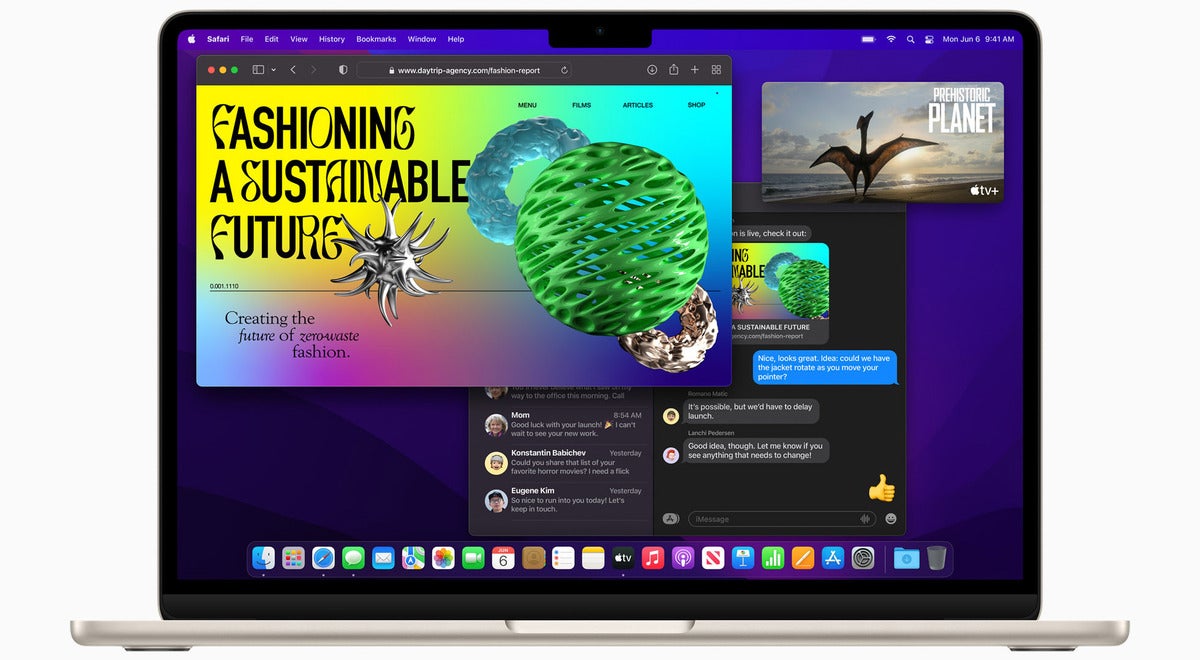Microsoft backs off facial recognition analysis, but big questions remain

Credit to Author: Evan Schuman| Date: Thu, 07 Jul 2022 03:00:00 -0700
Microsoft is backing away from its public support for some AI-driven features, including facial recognition, and acknowledging the discrimination and accuracy issues these offerings create. But the company had years to fix the problems and didn’t. That’s akin to a car manufacturer recalling a vehicle rather than fixing it.
Despite concerns that facial recognition technology can be discriminatory, the real issue is that results are inaccurate. (The discriminatory argument plays a role, though, due to the assumptions Microsoft developers made when crafting these apps.)
Let’s start with what Microsoft did and said. Sarah Bird, the principal group product manager for Microsoft’s Azure AI, summed up the pullback last month in a Microsoft blog.






